Light In Photography: a short introduction to the fundamentals
Did you know that the word “photography” is based on the merging of the Greek words “photo”, which means “light”, and “graphos”, which stands for “writing”? So, photography literally means drawing with light. This is how important light is. In fact, without light, there would be no photography.
There are many types of lights in photography and they influence everything, from the colours to the textures, the atmosphere, the mood, and the very concept of your photograph.
Understanding light and knowing how to manipulate it is the most fundamental photographic skill, but also the most challenging and laborious to learn.
In this article, we will look at different types of lighting in photography and how you can determine which one will work best for a specific photo.
This is just an introduction. You need to keep practising and honing your photography skills to really master the light. You don’t have to be a professional. All you need passion.
What are the functions of light in photography?
The position and main properties of light can affect the clarity, tone and emotion of any given photograph.
It all depends on how you place the light in relation to your subject. By deciding which parts of the subject are well-lighted and which are in the shadows, you can make or break a photo.
Light establishes the depth and harmony of an image. It’s like ink for the writer or paint for the painter. By playing with light and shadows, you can create drama, comedy or serenity.
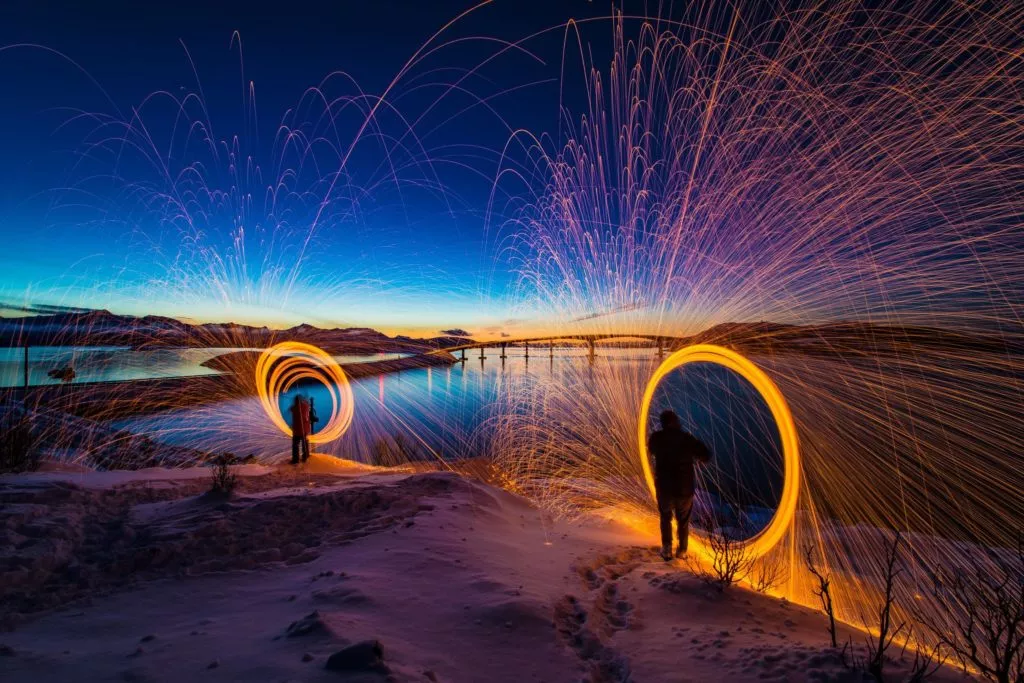
Today’s technology and modern cameras make it easier to control exposure. All you have to decide is if it’s enough light or not. If there is, you take the picture. If not, you move to a different position or use an incorporated flash.
However, this attitude is only for people who want to take “image records” of places, people and events. If you want to produce authentic photographic images, you need to dive deeper into the mysteries of light.
Why is light important in photography?
There’s no such thing as the universal golden light of photography. For each photographic genre, you need different light features. You could take a picture of the same scene with the same composition but in a different light, and the result will be entirely different in terms of aesthetics and meaning.
To really grasp what we’re saying, we need to get a bit more technical. Light serves several purposes that are fundamental to a photograph.
1. Intensity
We can compare light intensity in photography with how bold you want a paint stroke to be.
If there’s too much light, you’ll have to change the lens aperture and exposure time or use a neutral grey or polarising filter to avoid blown highlights.
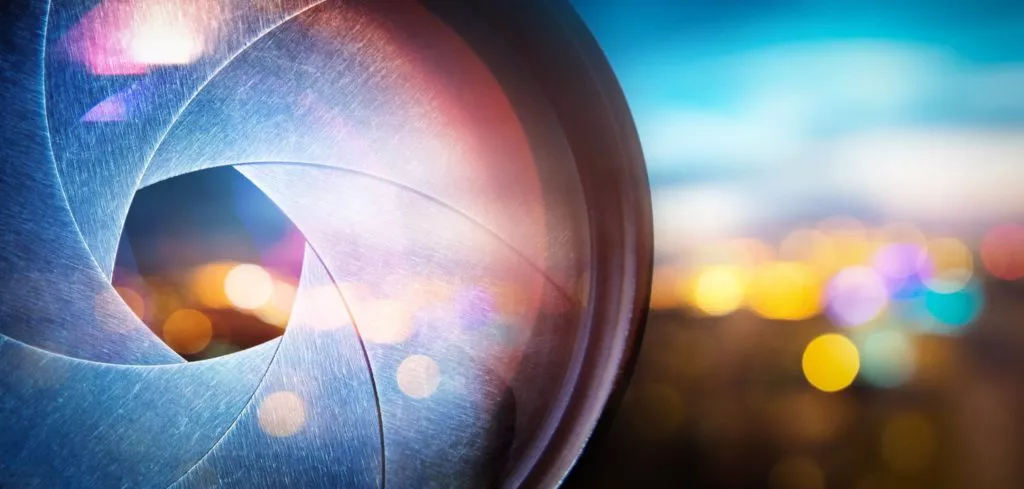
At the same time, if there’s not enough light in the scene, you’ll have to open the lens aperture more, increase the ISO or extend the exposure times. There’s also the option of adding an artificial light source.
Another method of controlling the light’s intensity is changing the light source’s distance.
2. Light colour
The colour of light will significantly impact the colour temperature of the whole scene. It will basically taint the colour of all the individual objects.
In digital photography, you can address any colour shift by tempering with the white balance settings.
3. Light character
Hard and soft light in photography is expressed in this way:
- diffused light – which casts soft shadows
- concentrated light – which throws sharp shadows
In portrait photography, you need a diffused, soft light, so it doesn’t generate unpleasant sharp shadows on the face.
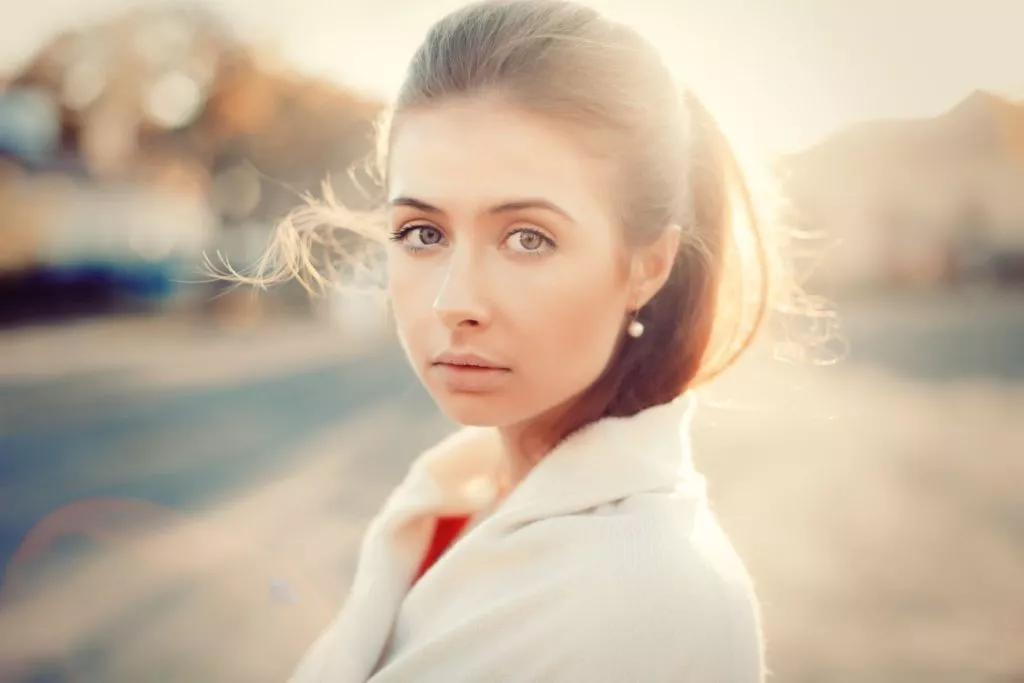
However, if you want to take photographs of buildings, you need a more concentrated light and sharp shadows to define the material substance of the buildings in space.
The natural light just before sunset fits many photographic purposes and genres. It is warm, pleasing and partially diffused so that you can attain enough detail with soft shadows.
However, when the sun is in its full force, at noon, it is almost impossible to shoot a good portrait. You should pray for some clouds if you’re doing outdoor portraits in this case.
4. Light direction
The way you position the light source relative to the scene will determine the shadows’ location.
In photography, shadows are the substitutes for space, the third dimension you cannot capture in your image. Flat objects do not cast shadows. So, when our brains see a shadow, we automatically assign space to that element.
What’s flat light, and how to counter that in photography?
If you position the image in the front of your scene, you get a flat image without any expression of space. Front lighting in photography basically hides all the shadows behind the photographed object. These types of photographs are, in no way, artistic. They’re merely reproductive work.
Side light in photography is the way to go if you consider photography a legitimate art form. So, try to place the light source further from the scene and the camera and play with shadows to express space and emotions.
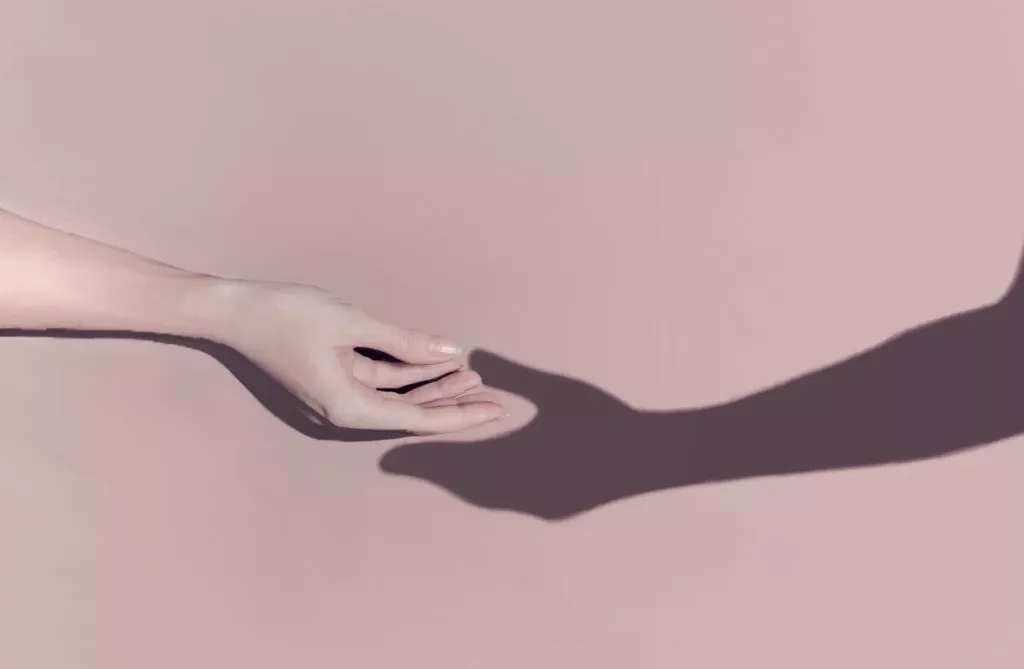
Probably the most challenging task you’ll have to deal with as a photographer is shooting against the light. It is tough but not impossible. If done right, you might get some of your best photographs.
Another essential thing to mention here is photographing transparent objects. In this case, you need to shoot against the light. Backlighting is really the best way to display transparent objects.
Backlighting is actually a great way of playing with silhouettes and long shadows. You’ll lose the details, but you’ll create mystery and drama.
5. The Source of light in photography
When it comes to the light source, you can only have natural and artificial light in photography.
By natural light, we refer to the sunlight or moonlight. However, we could expand this horizon and refer to all the other types of lights that a photographer can’t really control, like street lights.
Of course, when taking a picture in natural light, you have fewer options for controlling it. But it’s fun to play with it.
The artificial light is under your control. You can alter its colour, intensity, character or direction.
For example, if you want to shoot a dramatic portrait, you can use the split light technique. Place your light, so it hits your subject at a 90-degree angle and take a photograph. You will get a face with one side entirely lit and the other entirely in shadow.
The Rembrandt lighting technique is another type of studio photography that you can attain with the minimum of equipment. Just place the light so that it forms an illuminated triangle under the eye of the subject, on the less luminous side of the face. The result will look astounding.
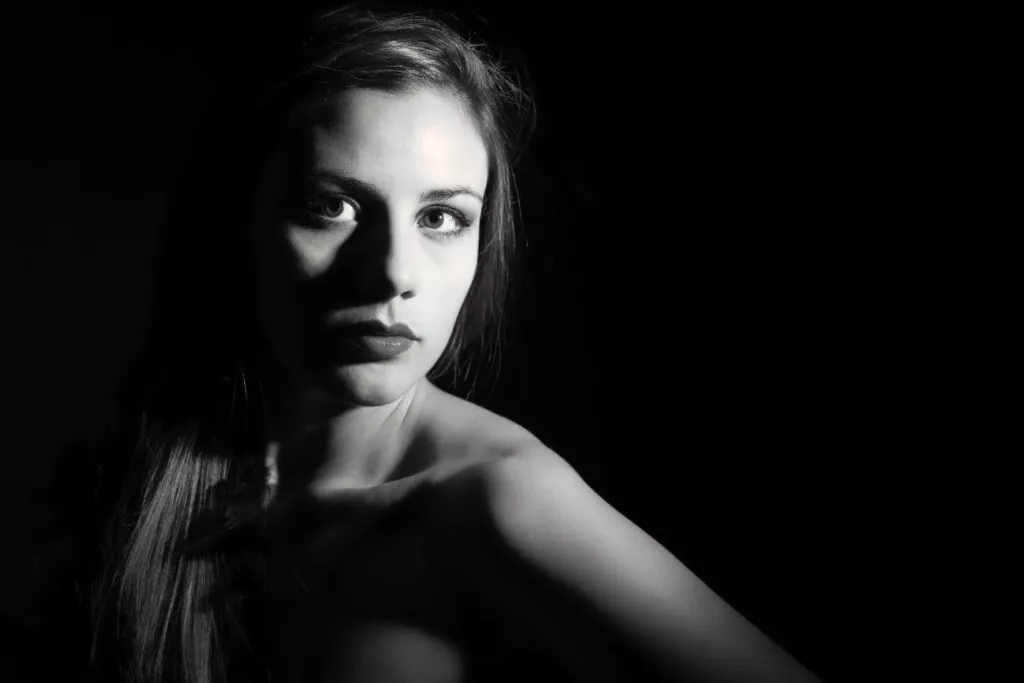
This is just the beginning of learning about light in photography, but we think it’s a good start. Go out there and try these methods. Don’t be afraid to experiment. Photography is a beautiful art that you really need to discover.





